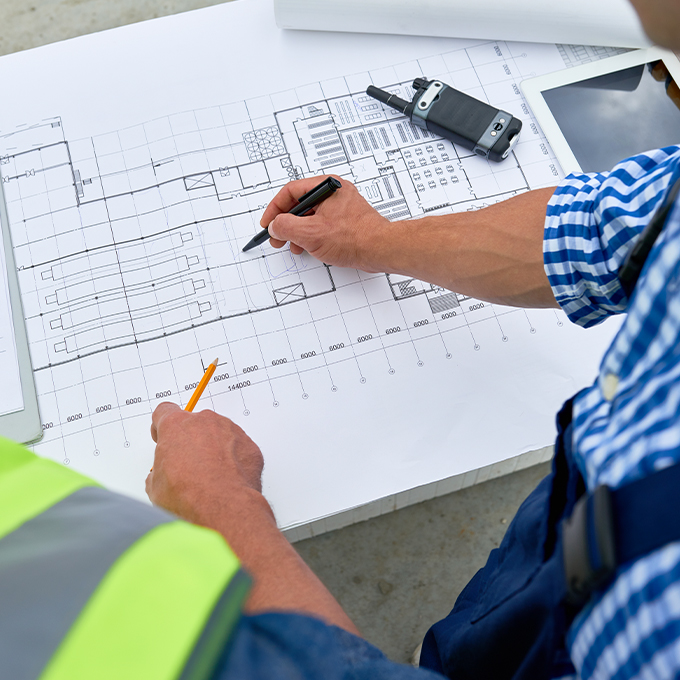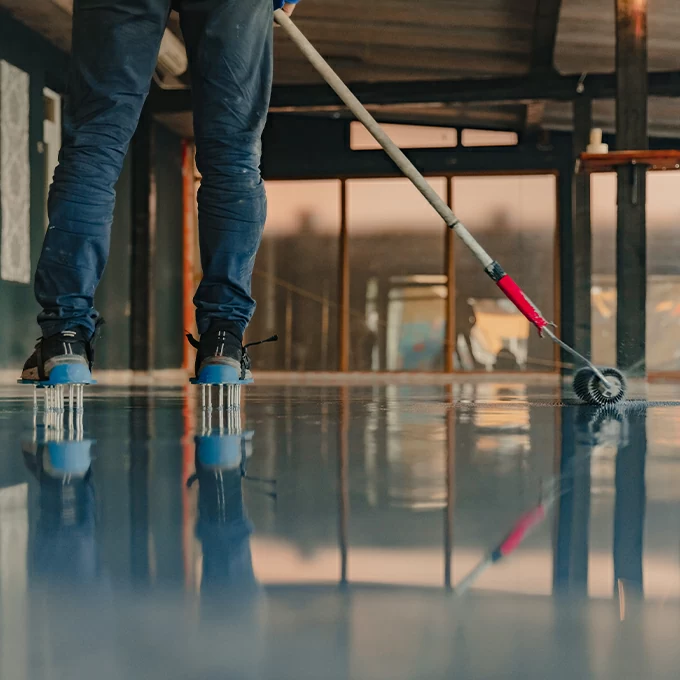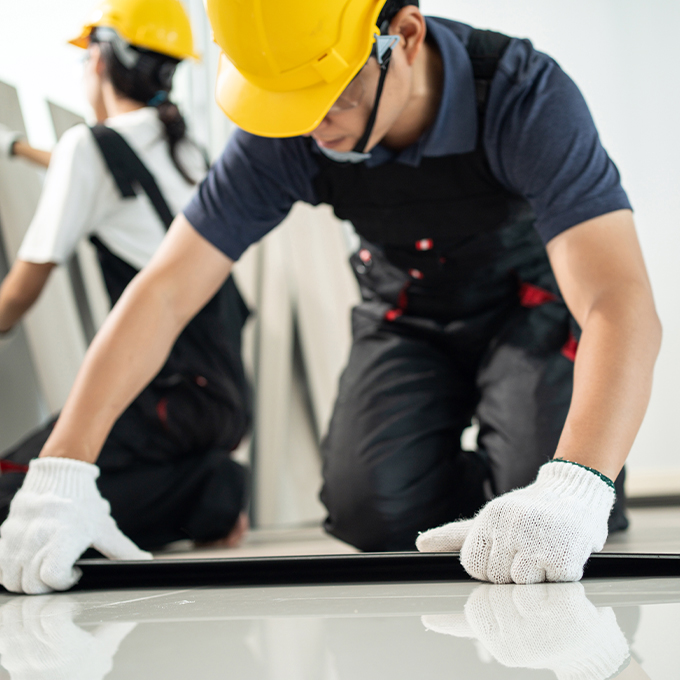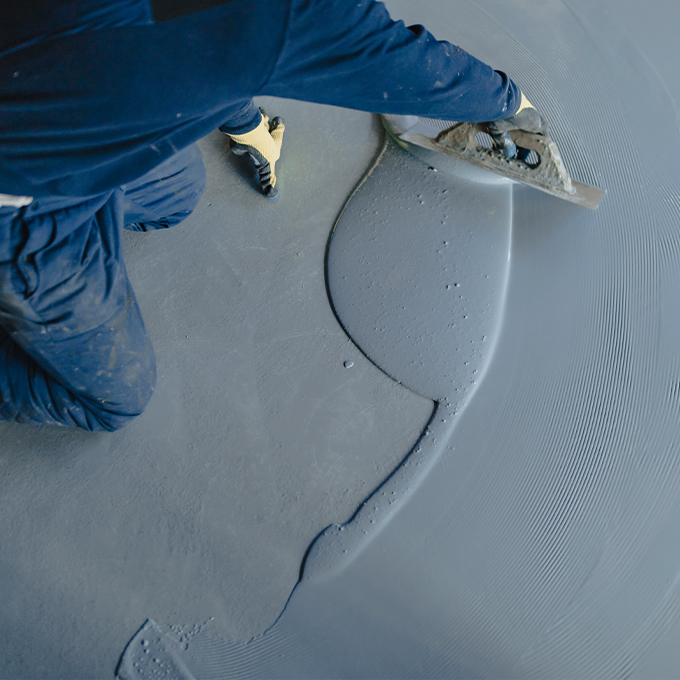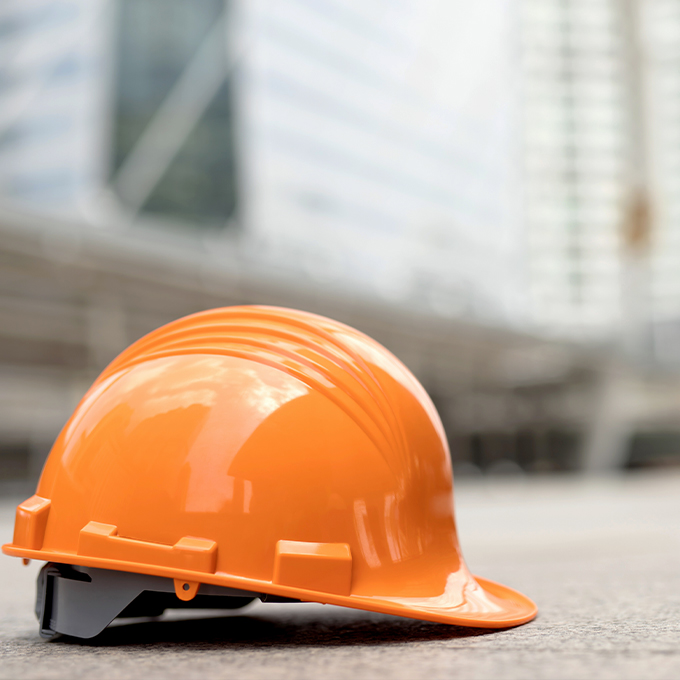Moisture Mitigation
Don’t let hidden moisture quietly destroy your floor coverings from underneath. Nationally, hydrostatic subfloor moisture causes $1 BILLION of damage annually. It doesn’t discriminate between old or new, and excess moisture levels in concrete subfloors can quickly disrupt a new flooring project, dramatically impacting costs. Before that happens, we can test your concrete subfloor for moisture and recommend the right solution for your space.
Signs You Have a Moisture Problem
If you notice any of the symptoms below, then there’s a good chance your floors have been impacted by excessive moisture. While professional mitigation is not an inexpensive solution, it may be your best option to avoid further, more costly long-term problems.
- Visible puddles
- Swollen joints
- Discoloration
- Cracks
- Gapping
- Mildew or mold
- Delamination
- Efflorescence
- Adhesive failure
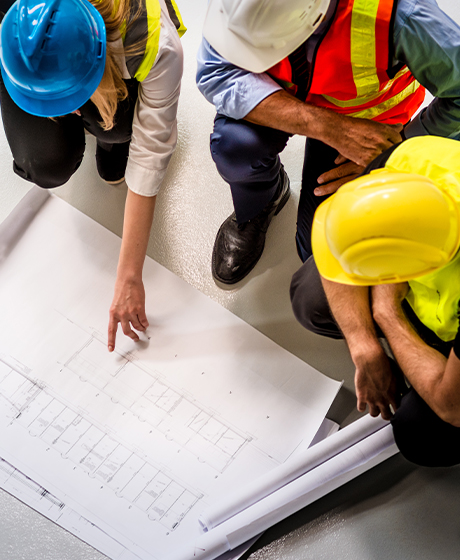
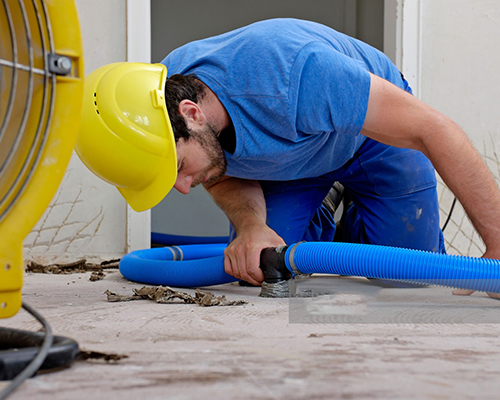
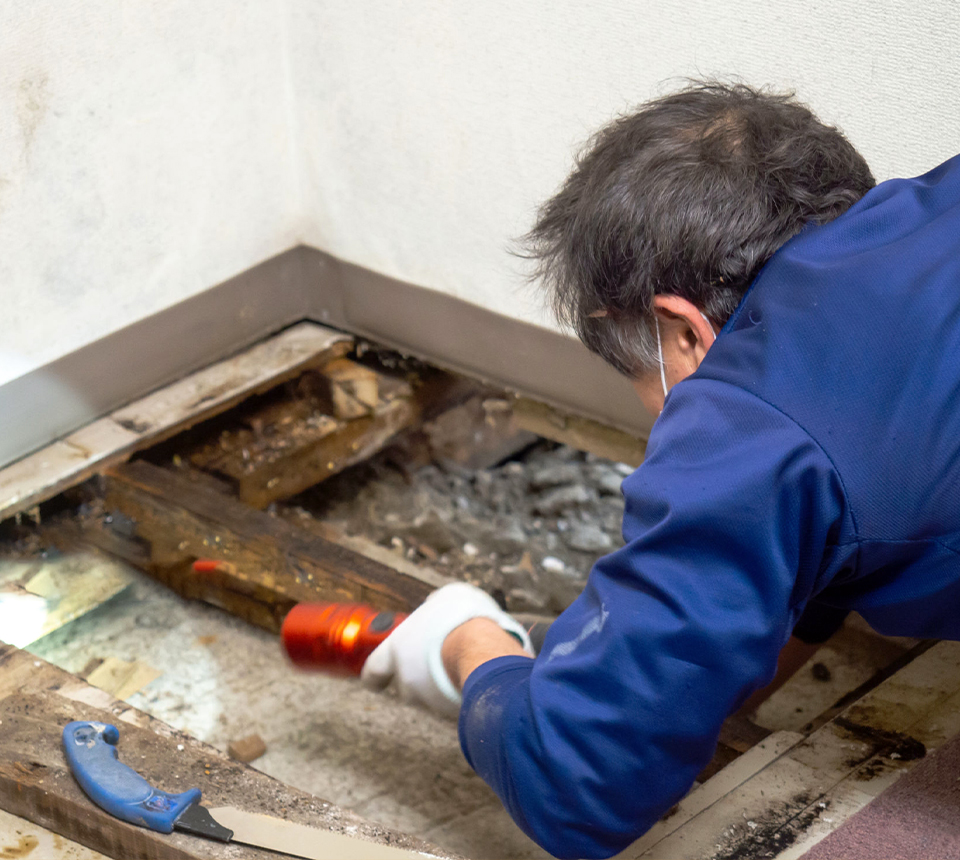
Moisture Mitigation Process
St. Paul Lino’s concrete floor moisture mitigation process will depend on whether it is a new or existing concrete slab. On a new concrete slab, we automatically initiate the procedures below. On an existing concrete slab, your sales representative will be able to do a visual inspection for signs of moisture affecting the existing finished flooring. This will give us an initial indication that we need to proceed with the following steps.
- We conduct relative humidity (RH) tests to determine the concrete slab’s moisture level.
- We evaluate the specified product to determine the manufacturer’s recommended moisture tolerance level.
- The floor is allowed the necessary time to cure until the appropriate readings are achieved.
- Any subfloor damage is addressed/repaired.
- A specialized, water-proof epoxy or resinous coating is applied.
- We recommend the best flooring option(s) to avoid any further issues.
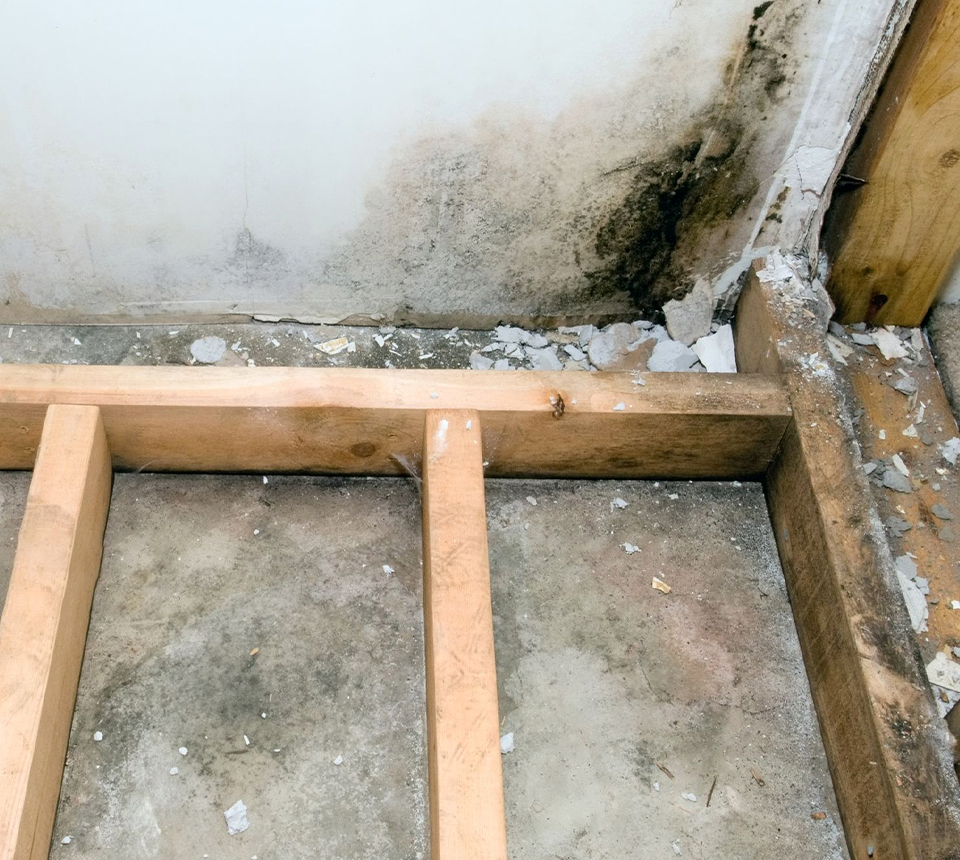
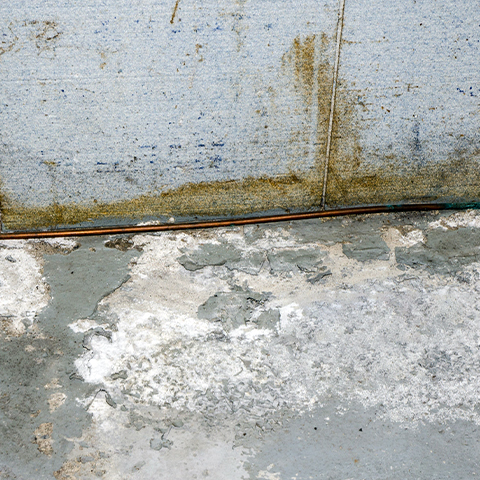
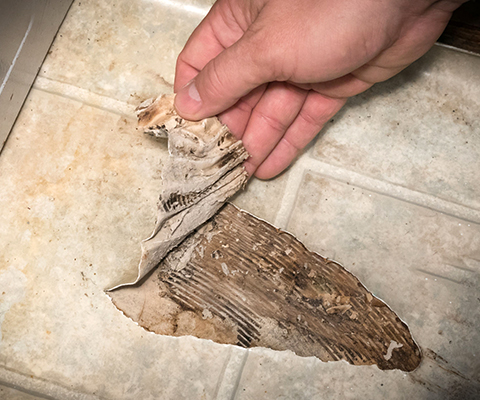

 MENU
CLOSE
MENU
CLOSE

